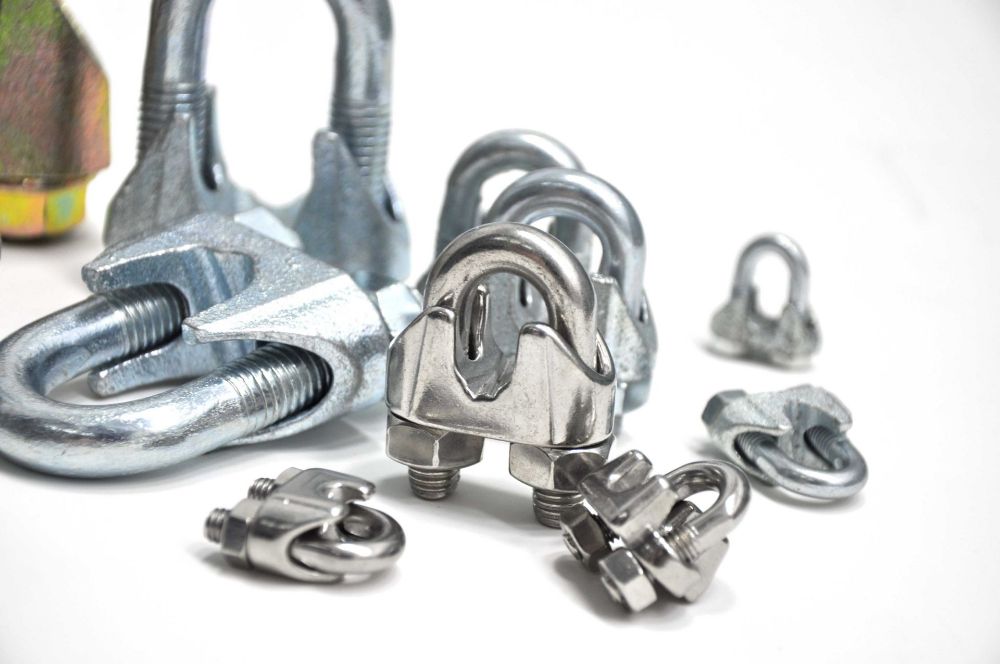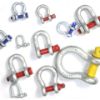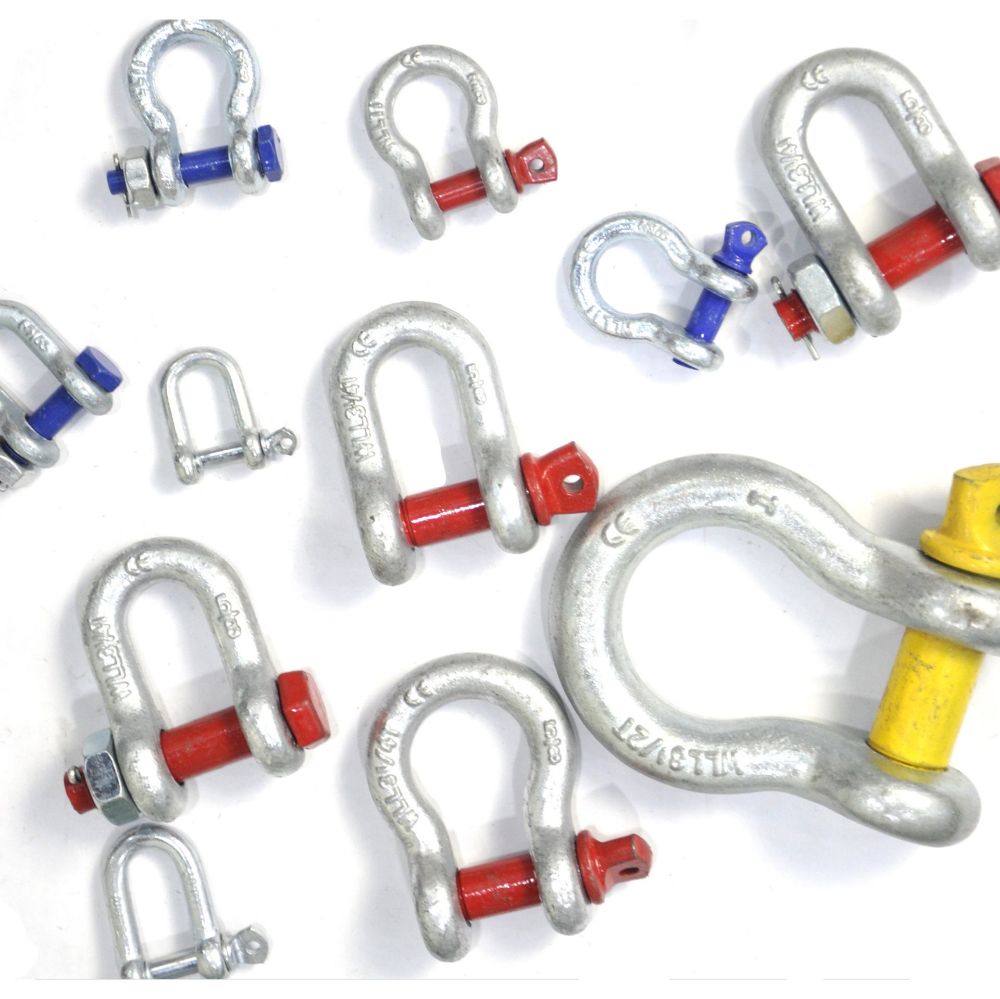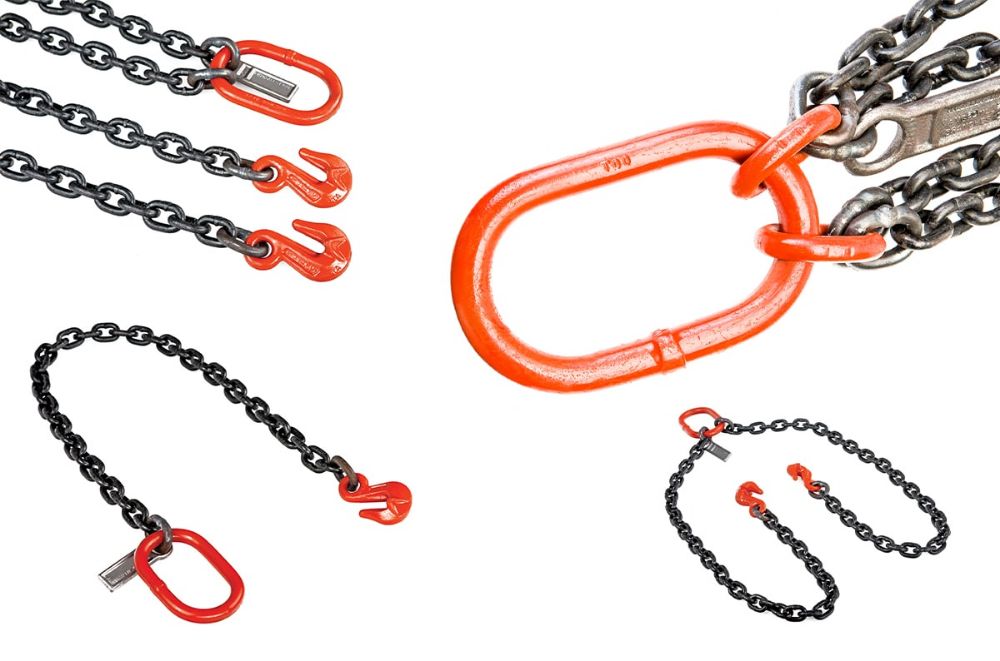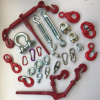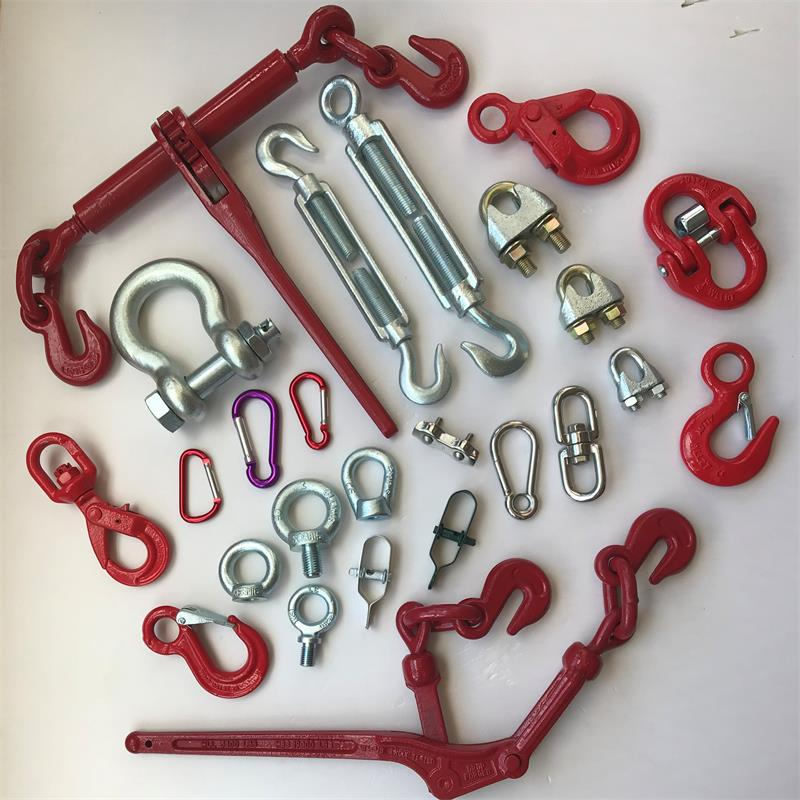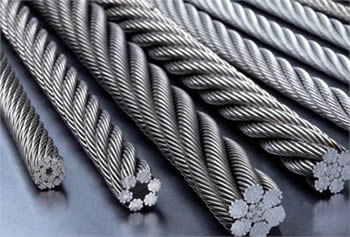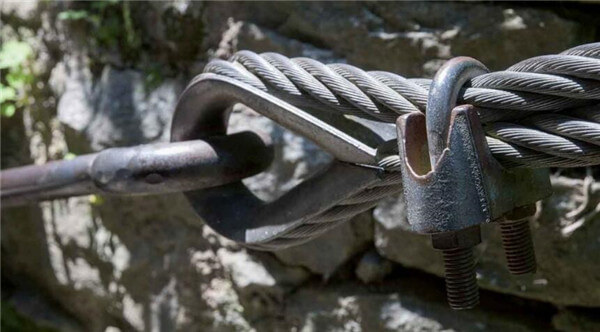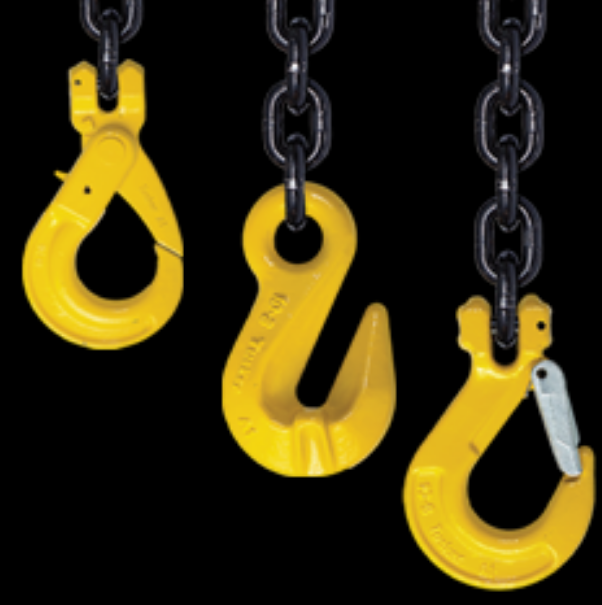Rigging hardware refers to the equipment used to lift and move heavy loads, such as hooks, slings, chains, and ropes. The future of rigging hardware is likely to be shaped by several factors, including technological advancements, safety regulations, and market demand.
One trend that is likely to continue is the development of lighter and stronger materials, such as high-strength alloys and composites. This will lead to the development of rigging hardware that can support heavier loads while reducing the weight and bulk of the equipment.
Another trend is the increased use of automation and robotics in rigging operations. This will require the development of specialized rigging hardware that can be operated remotely or autonomously. This will improve safety and efficiency in rigging operations, as well as reduce the need for human intervention in hazardous environments.
Additionally, there is likely to be increased demand for rigging hardware that is compatible with renewable energy sources, such as wind turbines and solar panels. This will require the development of specialized rigging hardware that can withstand harsh environmental conditions and be easily installed and maintained.
Finally, safety regulations will continue to play an important role in shaping the future of rigging hardware. There will be increasing demands for rigging equipment that meets the highest safety standards and is easy to inspect and maintain.
In summary, the future of rigging hardware is likely to be shaped by a combination of technological advancements, safety regulations, and market demand. This will lead to the development of lighter, stronger, and more specialized rigging equipment that can support a wide range of lifting and moving operations.









